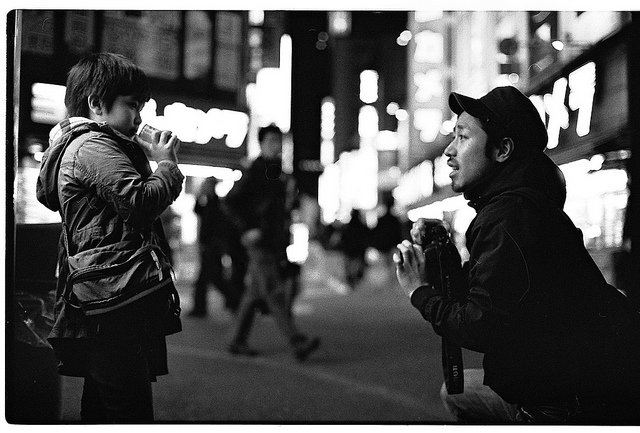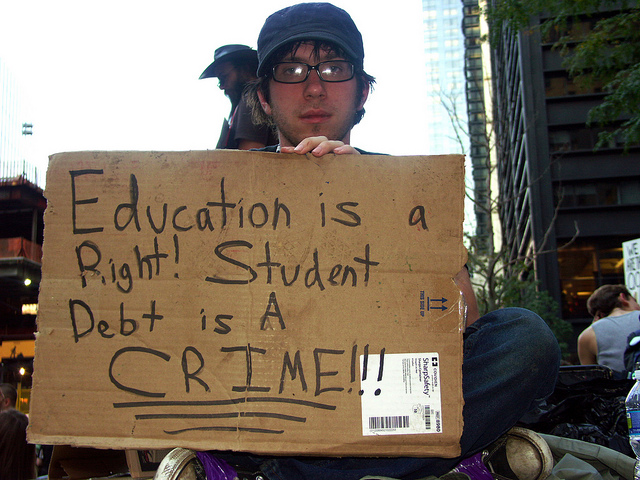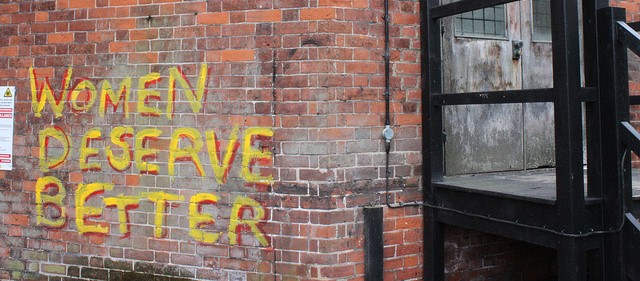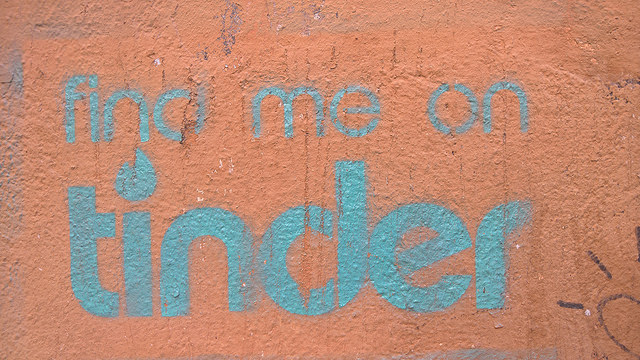
Japan is known for its stressful corporate culture where overwork is very common. At the same time, Japan’s population is on the wane as the birth rate continues to drop. A recent article in Seeker highlights new research by University of Illinois sociology professor Eunmi Mun that may be able to tackle both of these problems at once with an innovative, if straightforward, idea: expanding paternity leave.
As Mun explains, Japanese norms regarding commitment to your job, the division of labor, and gender roles — norms quite similar to those in the United States — are driving factors in the dynamics described above. Mun explains,
“Taking leave is definitely a violation of that work culture and ideology. Another aspect is the very strong gender ideology in Japan. There’s a very clear gender division of labor, so men do not really have a function in the household. Their function is basically the breadwinning function.”
Therefore, Japanese women are more likely to take parental leave when they have a child, and this absence can have negative impacts on their career. If paternity leave is expanded, however, perhaps more families can have children and parental leave can become less of a gendered practice. For Japan and other nations, paternity leave may hold the key to an egalitarian family life.









